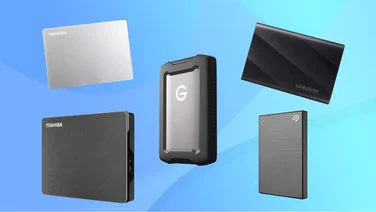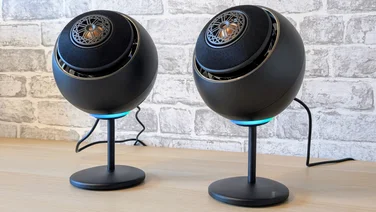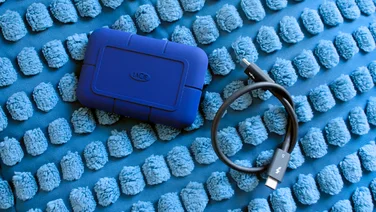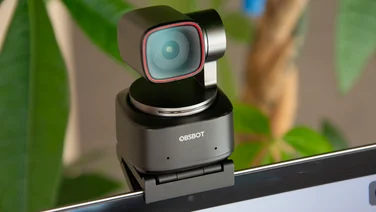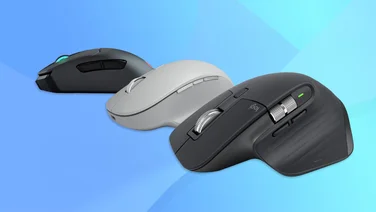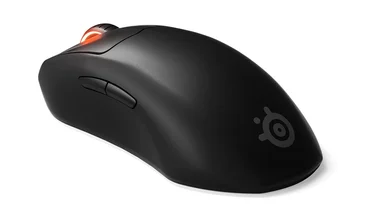To help us provide you with free impartial advice, we may earn a commission if you buy through links on our site. Learn more

- Excellent build quality
- Includes Cherry MX Red mechanical switches
- Dedicated media controls
- No dedicated macro keys
- Captive USB cable
UPDATE: Since writing my review, it would seem the Alloy Elite is no longer on sale and has since disappeared from HyperX’s website, replaced by the Alloy FPS. The Alloy Elite RGB is still on sale, however, and is priced at around £116 – it has the same design and performance but adds RGB backlit keys ot the mix.
Kingston Technologies might be the world’s biggest manufacturer of memory and storage products but – via its “high-performance” division, HyperX – its portfolio also takes in gaming peripherals such as mice, keyboards and gaming headsets. The HyperX Alloy Elite is among the company’s top-tier keyboards that aim to appeal to PC gaming enthusiasts.
READ NEXT: Our favourite PC gaming keyboards you can buy in the UK
HyperX Alloy Elite review: What you need to know
The Alloy Elite is exquisitely built. It has a rigid steel frame, which ensures there’s no flex at all; unlike keyboards with plastic frames, the HyperX won’t cave in if you slam down your wrist in a rage.
The keyboard I’m reviewing here has a full-sized British QWERTY layout, a detachable plastic wristrest, dedicated media controls and connects via a captive, braided USB cable. There’s also a secondary USB connection that’s required to utilise the USB 2 pass-through feature, which can be found along the top edge. This port can be used to plug in another device, such as a mouse. You’ll also find two foldout legs underneath it, which tilt the keyboard forwards for a more comfortable typing angle. These also have rubber pads on their ends that prevent the keyboard from sliding around.

The all-black plastic keycaps are laser-engraved and are made from single-shot, ABS plastic. They aren’t as durable as the company’s double-shot PBT keycaps, which use a manufacturing process to mould two strong layers of plastic together, rather than just one, ultimately making them last longer. Nonetheless, these single-shot ABS keys should survive the test of time. You’ll also find eight additional titanium-coloured keycaps in the box, which you can use to replace the existing keys: the 1-4 and WASD keys, which additionally are covered in a textured finish. To help you swap keys with the minimum of fuss, HyperX includes a plastic key puller in the box, too.
As for the switches that reside under the keycaps, HyperX uses Cherry MX Red. These have an operating force of 45g and a linear action with no click; this makes them ideal for gaming over Cherry MX Blues or Razer’s Green switches, which have a loud clicky sound that can be distracting during late-night gaming sessions.
The switches, combined with the keycaps have a smooth, light feel to them, meaning they won’t take long to get accustomed to over a stock Microsoft or Dell membrane-based keyboard. As with most mechanical keyboards, the Alloy Elite has N-Key rollover, which means you can press several keys simultaneously without problems with ghosting (where pressing multiple keys creates a “ghost”, or a key press that wasn’t physically carried out).

For both gaming and typing, the keyboard performs flawlessly and one bonus is that the combination of light keycaps and Cherry MX Red switches result in a pleasantly quiet overall experience, making it the ideal keyboard for late night gaming sessions.
One area where the HyperX Alloy Elite falls short is in lighting. While the keys are backlit in red, you’ll have to get the more expensive Alloy Elite RGB to taste the rainbow. Fortunately, you can adjust the brightness and various backlight effects, via a series of dedicated buttons in the top-left corner of the keyboard, or through HyperX’s NGenuity software, which also allows you to set up macros. There are no dedicated macro keys but you can reassign any of the 105 keys.
HyperX Alloy Elite review: Price and competition
The HyperX Alloy Elite is competitively priced at £96; add RGB lights to the mix and you’ll find the otherwise identical Alloy Elite RGB for £116. The company also sells the Alloy FPS at £75 – it’s similar, but doesn’t have a wristrest or dedicated media controls.
Elsewhere, there are a few manufacturers that offer compelling alternatives: the £80 Fnatic Gear Rush Silent has Cherry MX Silent switches and red backlit keys but doesn’t have dedicated media controls or a full metal frame. The £61 Logitech G413 houses the firm’s own Romer-G switches and has red backlit keys and a metal frame, but misses out on a wristrest and dedicated media controls.
Arguably, the Alloy Elite’s toughest competitors hail from Roccat with the Vulcan 120 at £120, which has RGB lighting and Roccat’s Titan switches, a metal frame and dedicated media controls. Then there’s the Corsair K70 RGB MK.2 at £110, which features all of the above but uses Cherry MX Red switches.
HyperX Alloy Elite review: Verdict
As you can see, the HyperX Alloy Elite is in a highly competitive league and you’re not short of options at around this price. But, while it lacks RGB backlighting, this is otherwise the perfect gaming keyboard.
At £96, you’ll be hard-pressed to find a more complete package. For me, the HyperX Alloy Elite hits the sweet spot for gamers.




